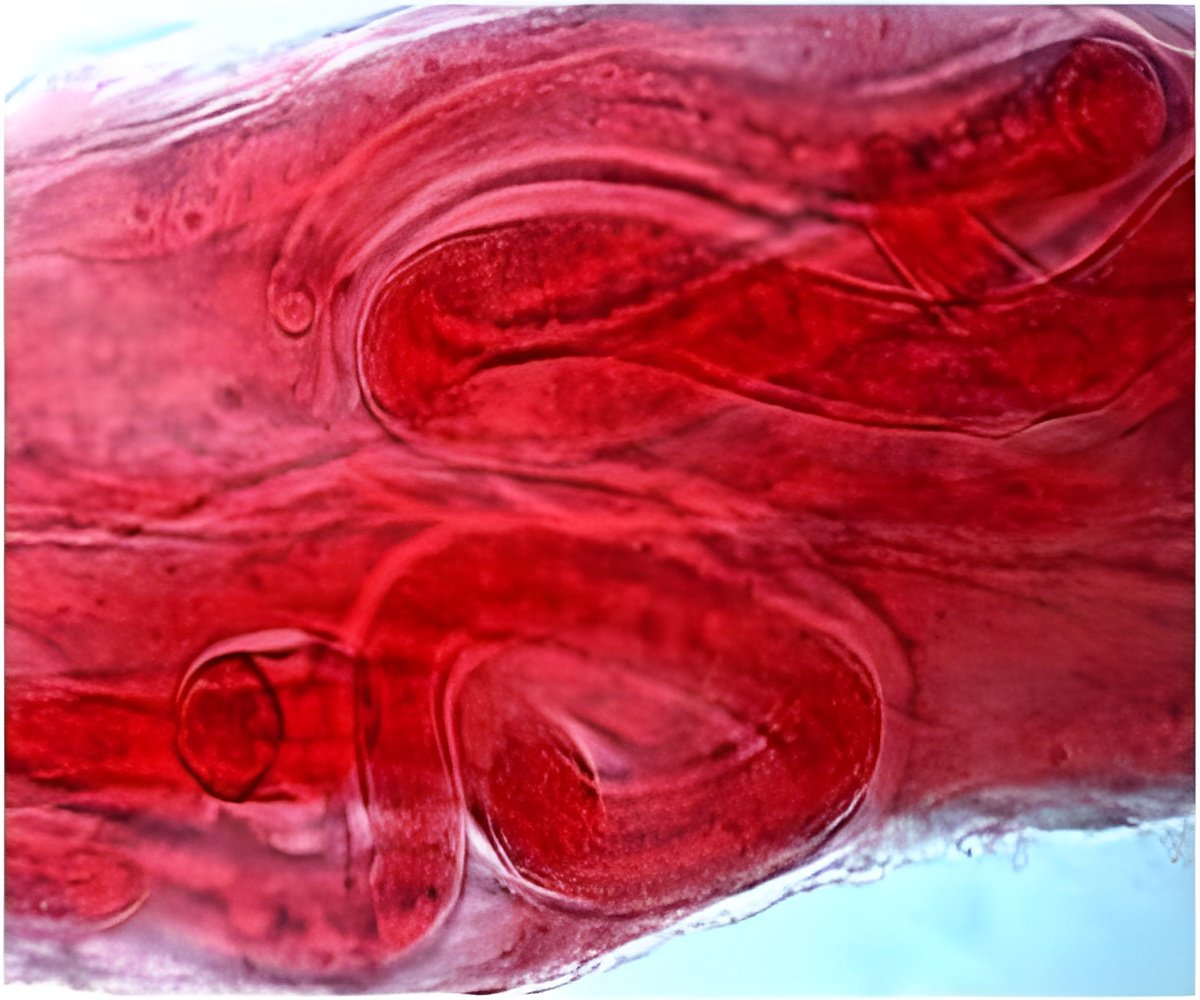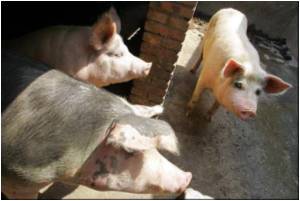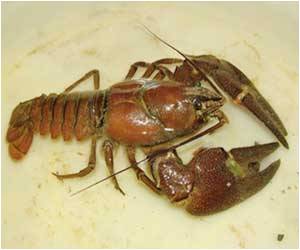
"It takes less than two weeks for the larvae to travel from the intestine to muscle, where they live," says lead author Makedonka Mitreva, PhD, research assistant professor of genetics at Washington University's Genome Center. "Once the worms invade the muscle, drugs are less effective. While the disease is rarely deadly, patients often live for months or years with chronic muscle pain and fatigue until the worms eventually die."Today, trichinosis occurs most often in areas of Asia and Eastern Europe where pigs are sometimes fed raw meat, and meat inspections are lax.
The new research also has implications far beyond a single parasitic disease, the researchers say. T. spiralis is just one of many thousands of parasitic roundworms called nematodes that, according to the World Health Organization, infect 2 billion people worldwide, severely sickening 300 million. Other species of parasitic nematodes cause diseases in pets and livestock and billions of dollars of crop losses annually.
Among nematodes, T. spiralis diverged early, some 600-700 million years before the crown species, C. elegans, a model organism used in research laboratories. To date, the genomes of 10 nematodes, including five parasitic worms, have been decoded. The latest addition of the T. spiralis genome now allows scientists to compare species that span the phylum.
T. spiralis occupies a strategic position in the evolutionary tree of nematodes, which helps fill in important knowledge gaps," explains senior author Richard K. Wilson, PhD, director of Washington University's Genome Center and professor of genetics. "By comparing nematode genomes, we have identified key molecular features that distinguish parasitic nematodes, raising the prospect that a single targeted drug may be effective against multiple species."Over all, the genome of T. spiralis is smaller than that of C. elegans. It has 15,808 genes, compared to C. elegans" 20,000.
Moreover, about 45 percent of T. spiralis genes appear to be novel. These genes have not been found in other organisms and are not listed in public gene databases. The researchers say the worm's early evolutionary split or its distinctive lifestyle - it can't survive outside the body may account for this extensive collection of enigmatic genes.
Advertisement
The research is supported by the National Human Genome Research Institute and the National Institute of Allergy and Infectious Diseases, both of the National Institutes of Health.
Advertisement









